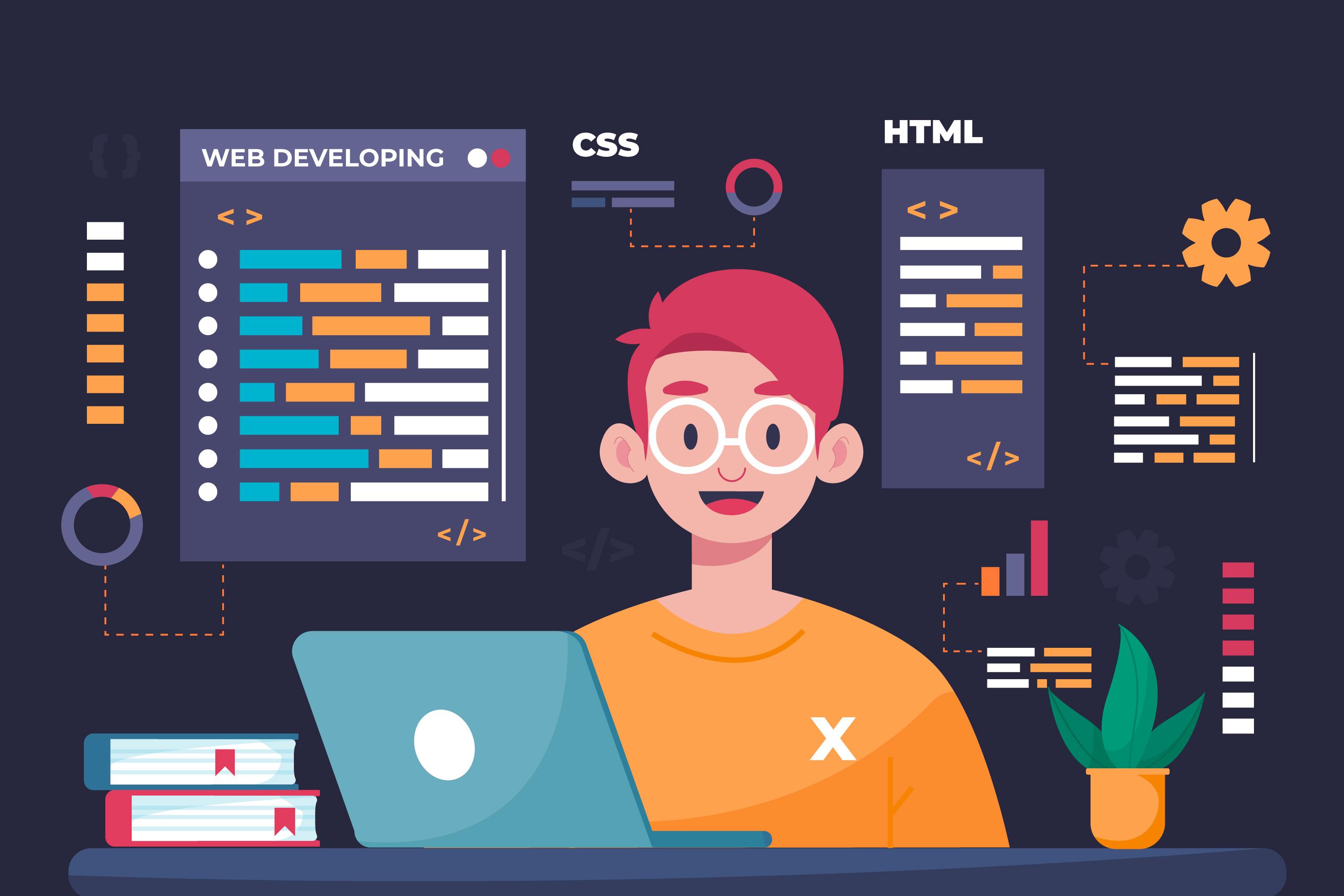Improve Your Projects with Efficient Software Development Staff Augmentation
Improve Your Projects with Efficient Software Development Staff Augmentation
Blog Article
Dedicated Developers vs. In-House Teams: Which Is Right for You?
The choice between utilizing committed designers and preserving an in-house group is a significant one that can affect the trajectory of your jobs and overall business technique. Dedicated developers offer a degree of adaptability and specialized know-how that can be advantageous for specific, short-term initiatives. Conversely, internal groups add to a natural firm culture and a nuanced understanding of long-term objectives. By examining vital aspects such as budget plan, job range, and desired control, you can much better determine which approach aligns with your business demands. The ramifications of this choice extend past prompt results-- think about the broader impact on your organization landscape.
Comprehending Dedicated Developers
The expanding need for specialized abilities in the technology industry has actually resulted in the emergence of specialized designers as a sensible service for lots of organizations. These professionals are generally contracted on a project basis, allowing firms to take advantage of specific experience without the long-term dedication related to full time hires. Dedicated programmers are often embedded within a customer's team, giving adaptability and scalability to satisfy job demands.
This model enables companies to access an international talent pool, which is particularly helpful in a swiftly developing technical landscape. Dedicated designers can be sourced from various geographical places, making certain that companies can discover the ideal ability at competitive rates. They usually bring a wealth of experience and knowledge, having worked on varied jobs throughout various industries.
Furthermore, specialized programmers can concentrate specifically on the jobs at hand, enhancing efficiency and performance. They are outfitted to incorporate flawlessly into existing workflows, teaming up closely with internal teams to attain task purposes. This strategy not just lowers the burden of employment and training yet additionally enables companies to remain nimble, adapting swiftly to altering market demands and technological developments.
Advantages of In-House Teams

Moreover, in-house groups tend to have a much deeper understanding of the firm's objective, worths, and goals. This positioning can boost worker involvement and motivation, as team participants really feel much more attached to their job and the organization's success. Furthermore, having a dedicated in-house team permits for better placement of strategies and goals, as these members are regularly concentrated on the firm's priorities.
In-house groups additionally facilitate quicker decision-making processes, as they can respond a lot more swiftly to adjustments and challenges. The well-known relationships and familiarity with business procedures permit streamlined operations and lowered miscommunication. Ultimately, the combination of a cohesive culture, alignment with find out here now organizational goals, and effective communication makes in-house teams a useful possession for lots of companies, specifically those aiming to grow lasting growth and advancement.
Expense Considerations
When reviewing price considerations, both devoted developers and in-house groups present distinct economic effects for organizations. Engaging devoted developers generally involves a pay-per-project or per hour rate model, which can be cost-effective for businesses with rising and fall task demands. This method permits adaptability in scaling resources up or down, guaranteeing that firms just pay for the solutions they require.
On the other hand, internal teams involve repaired prices, consisting of salaries, advantages, and overhead costs such as workplace and devices. While this model supplies higher next page control and prompt accessibility of resources, it might result in greater long-lasting expenditures, especially if the work does not validate a permanent personnel.
Furthermore, firms ought to take into consideration the covert expenses connected with recruitment and training of internal staff members, which can better stress spending plans. In some instances, the moment and sources spent on taking care of an in-house team can diminish the company's core business goals.

Task Monitoring and Flexibility
Task management and flexibility are vital aspects that influence the choice in between internal teams and devoted developers. Committed designers usually provide a high degree of adaptability, enabling organizations to range sources up or down based upon project needs. This agility can be specifically helpful for companies experiencing rising and fall work or those seeking to innovate swiftly. Devoted teams usually have actually established procedures for taking care of projects successfully, leveraging details methods like Agile or Scrum, which help with repetitive progress and adaptability.

Ultimately, the choice in between in-house groups and specialized developers pivots on the preferred level of adaptability and the certain project monitoring needs. Firms should review their functional dynamics, job complexity, and source availability to determine which choice aligns ideal with their tactical purposes.
Making the Right Choice
Choosing the right advancement strategy-- in-house teams or specialized programmers-- calls for a careful assessment of numerous factors that line up with a firm's critical objectives. Alternatively, in-house groups can give far better connection and assimilation with existing employees.
Next, examine your budget plan. Devoted designers typically present a cost-effective remedy for short-term jobs, while internal teams might incur higher long-lasting expenses due to incomes, benefits, and overhead prices. Analyze the degree of control and partnership preferred; in-house groups typically promote more powerful communication and positioning with firm society.
If immediate results are essential, committed developers can be onboarded quickly, whereas building an internal team takes time for recruitment and training. If continual development is crucial, spending in an internal group might produce better returns over time.
Conclusion
In final thought, the decision between specialized programmers and internal teams pivots on job requirements and business goals. Alternatively, in-house groups grow a cohesive society and deeper placement with long-lasting goals.
The choice between utilizing committed developers and keeping an internal team is a substantial one that can influence the trajectory of your jobs and total business strategy.Task administration and flexibility are essential aspects that influence the option in between internal teams and dedicated programmers. dedicated development team.In comparison, in-house teams may succeed in preserving a regular job management framework due to their experience with the organization's society and long-lasting objectives. Devoted designers often provide a cost-effective option for temporary popular ecommerce websites projects, while in-house teams might sustain greater long-term costs due to wages, benefits, and expenses prices.In conclusion, the decision between internal groups and committed developers hinges on project demands and business goals
Report this page